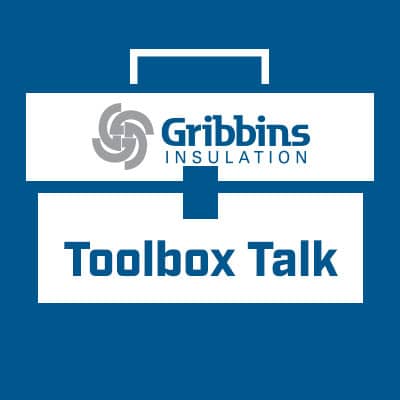Toolbox Talk – Waste Hazardous/Non-Hazardous WE 08/13/2022
Waste Prevention
- Even better than recycling are the efforts to prevent waste at the source. Some of our efforts include:
- Reuse wooden pallets
- Eliminate disposable cups for water and coffee
- Customers and vendors are encouraged to use email.
- Directive from executive management to limit printing and use email for all written communication.
- Utilizing Harness to perform safety documentation electronically.
Non-Hazardous Waste
- Non-Hazardous waste shall be disposed of at frequent regular intervals in designated disposal areas. Work areas shall maintain good housekeeping throughout all jobs.
Hazardous Waste
- Hazardous waste must be disposed of in accordance with federal, state and local regulations. Examples of hazardous waste include oils, fuel, paints and solvents, aerosol cans, etc. Other examples include lead and asbestos, in this instance the owner will be responsible for directing waste disposal. All hazardous waste must be handled by trained employees with appropriate PPE and precaution.
Storage
There are special precautions that must be in place for storage of fuel, oils or other hazardous waste. These precautions include:
- A containment area or container that will contain 110 percent of largest container in the storage area.
- Must be located away from drains.
- Elevate off of the ground.
- Labeled appropriately.
- All containers must remain closed and be in good condition.
Labeling
- Containers holding hazardous waste must be labeled with the contents of the container, type of hazard and EPA hazardous waste number.
- Secondary containers are usually smaller containers, such as spray bottles, jugs, glue guns, or jars that chemicals are transferred to from the primary container once within the workplace.
- Secondary containers must include at minimum, the full name of chemical, the hazard, the date transferred and expiration date.


